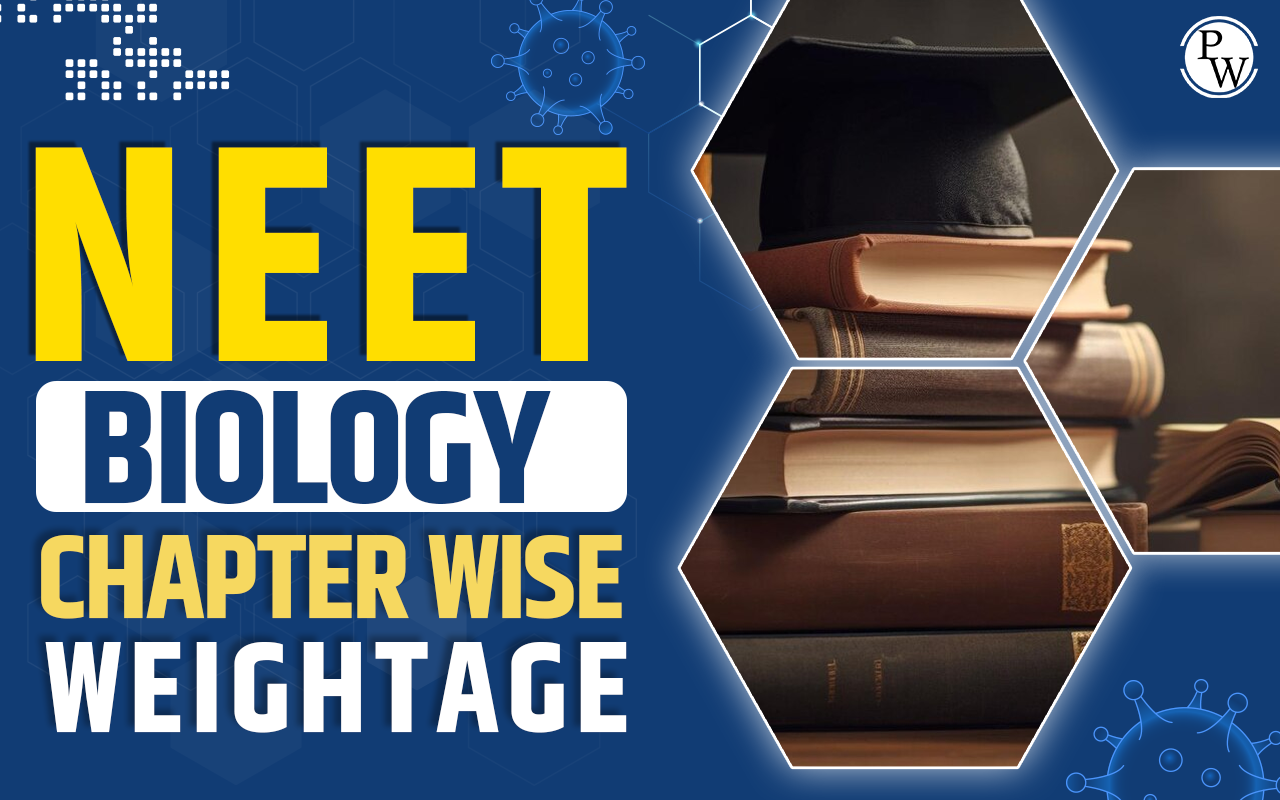
Sargassum: Sargassum, a brown algae, is commonly found in the ocean. Sargassum consists of numerous leafy appendages, branches, and round, berry-like structures. These "berries" are actually gas-filled structures called pneumatocysts, which mostly contain oxygen. Pneumatocysts provide buoyancy, enabling the plant to float on the surface of the water.
Sargassum floats in clumps, patches, large rafts, and weed lines in the upper layers of water. Sometimes, these rafts can extend for miles across the ocean. This floating habitat provides food, shelter, and breeding grounds for a variety of animals, including fish, sea turtles, marine birds, crabs, and shrimp. Certain species, such as the sargassum fish (a member of the frogfish family), live their entire lives in this environment. Sargassum is a primary nursery area for many commercially important fish, including mahi-mahi, jacks, and amberjack. When Sargassum loses its buoyancy, it sinks to the seafloor and provides carbon-based energy to fish and invertebrates in the deep sea.This makes it an important addition to the deep-sea food web. Further details on Sargassum can be found in the NEET Biology Notes in the article below.Sargassum Diagram
The sargassum Diagram is as follows:
Sargassum Classification
Sargassum is a type of seaweed, specifically a macroalgae, belonging to the Phaeophyceae class, also known as brown algae. It is commonly known as gulfweed or sea holly. Sargassum has nearly 150 species and lives primarily in tropical seas and oceans. S. cinereum, S. tennerimum, S. wightii, and S. ilicifolium are among the most common species in India. Sargassum frequently floats freely on the surface of water bodies, forming large masses that resemble islands. These floating islands provide habitat for a variety of aquatic species, including the Sargassum fish.The Sargasso Sea in the Atlantic Ocean is named after the genus because it is rich in S. fluitans and S. natans. The classification of Sargassum is as follows:| Sargassum Classification | |
|---|---|
| Category | Classification |
| Kingdom | Chromista |
| Phylum | Phaeophyta |
| Class | Phaeophyceae |
| Order | Fucales |
| Family | Sargassaceae |
| Genus | Sargassum |
Sargassum Characteristics
Sargassum is a large brown seaweed (algae) that floats in masses on the ocean's surface. Sargassum, unlike most seaweeds that attach to the seafloor, floats freely due to its unique characteristics. Sargassum's characteristics are as follows:- Holdfast: A broad, disc-shaped structure that anchors young Sargassum to the seafloor. However, mature Sargassum plants are free-floating.
- Stipe: The main axis of the plant, which is stalk-like.
- Fronds: Numerous small, leaf-like appendages with toothed edges that branch out from the stipe. These fronds are the main photosynthetic organs of the plant.
- Sexual reproduction: This involves the production of eggs (oogonia) and sperm (antheridia) in special structures called conceptacles. The fertilized eggs develop into free-swimming spores that eventually grow into new Sargassum plants.
- Vegetative reproduction: This method is common in two Sargassum species, S. natans and S. fluitans. These free-floating species reproduce by fragmentation, where pieces of the seaweed break off and grow into new plants.
Sargassum Examples
Sargassum is a type of seaweed, also known as gulfweed or sea holly, belonging to the class Phaeophyceae (brown algae). There are approximately 150 species of Sargassum found in tropical and temperate oceans worldwide.Two common types of Sargassum include:
Sargassum fluitans : This variety of Sargassum floats freely and is frequently found in the Sargasso Sea, an area in the North Atlantic Ocean defined by ocean currents. Sargassum fluitan s has gas-filled bladders called pneumatocysts that enable it to stay afloat. It serves as both food and habitat for various marine creatures such as fish, shrimp, crabs, and Sargassum crabs. Sargassum natans : Another free-floating species of Sargassum commonly found in the Sargasso Sea. Like Sargassum fluitans , it possesses pneumatocysts that aid in floating and provides a habitat for numerous marine organisms. While Sargassum seaweed can benefit marine ecosystems by providing shelter and sustenance, large amounts washing ashore can have negative consequences. Large Sargassum mats can suffocate coral reefs and seagrasses, and as the seaweed decomposes, oxygen levels in the water can drop, endangering marine life.Structural Organisation in Animals
Sargassum Uses
Sargassum, a type of brown seaweed that forms large mats on beaches, can be problematic, but it also has several potential applications.- Agriculture: Sargassum can be composted and used as a fertilizer, providing essential nutrients like nitrogen, phosphorus, and potassium to plants. Companies are developing concentrated fertilizers derived from sargassum.
- Cosmetics: Sargassum can be utilized to create natural emulsifiers for cosmetics. These emulsifiers help ingredients remain mixed together in products. Sargassum-based emulsifiers offer a sustainable alternative to those made from potentially harmful chemicals.
- Biofuels: Sargassum can undergo fermentation to produce biofuels, which are renewable energy sources that help lessen dependence on fossil fuels.
- Food: Certain types of sargassum are consumed as food in Asia, providing vitamins, minerals, and dietary fiber.
- Bioplastics: Sargassum can be used in the production of bioplastics, offering a sustainable substitute for traditional plastics derived from fossil fuels.
Sargassum Reproduction
Sargassum seaweed reproduces in two main ways: vegetatively and sexually. It does not engage in asexual reproduction.Sargassum Vegetative Reproduction
Certain types of Sargassum, such as Sargassum natans and Sargassum fluitans, which float freely and do not attach to the ocean floor, primarily reproduce vegetatively. This process occurs through fragmentation. When a Sargassum plant breaks apart due to currents, waves, or grazing animals, the broken fragments can grow into new plants if they are large enough.| Important NEET Biology Notes | ||
|---|---|---|
| Selaginella | Embryo | Malvaceae |
| Pinus | Polyembryony | Volvox |
Sargassum Sexual Reproduction
Sexual reproduction in Sargassum is oogamous, involving the fusion of male (sperm) and female (egg) gametes to form a zygote. Sargassum can be either monoecious (having both sexes on the same plant) or dioecious (with separate male and female plants).Specialized branches called receptacles produce the sex organs. Within these receptacles are conceptacles, which are flask-shaped structures containing numerous sex organs.
- Male sex organs are known as antheridia. They produce motile sperm cells called antherozoids, which swim using a flagellum.
- Female sex organs are called oogonia. They produce larger, non-motile eggs (ova).
| Important NEET Biology Notes | ||
|---|---|---|
| Chara | Funaria | Apomixis |
| Rhizopus | Spirogyra | Bacteriophage |
Sargassum Life Cycle
Sargassum, a type of brown algae, has a complex life cycle that sets it apart from other marine plants. Understanding this cycle is crucial due to its ecological importance and occasional impact on coastal areas during large blooms.- Zygote Formation: Sargassum begins its life cycle when male and female gametes fuse in the water. These gametes come from adult sporophytes.
- Sporophyte Development: The zygote grows into a multicellular structure called a sporophyte. This phase is diploid, meaning it has two sets of chromosomes.
- Growth and Maturation: The sporophyte matures into the adult form, characterized by leaf-like blades and gas-filled vesicles that help it float.
- Reproduction: Adult sporophytes reproduce by producing gametangia, specialized structures that generate gametes through meiosis.
- Gamete Production: Gametangia produce haploid gametes—eggs (female) and sperm (male).
- Gamete Release: Gametes are released into the water, where fertilization occurs as sperm fertilizes eggs, forming diploid zygotes and restarting the cycle.
NEET Exam Important Links NEET Biology Syllabus NEET Biology Diagrams NEET Biology MCQ NEET Biology Chapter wise Weightage NEET Biology Notes NEET Previous Year Question papers
Sargassum FAQs
Q 1. Is sargassum used as food?
Ans. Sargassum horneri (Turner) C. Agardh, commonly known as S. horneri, is a type of edible brown seaweed found along the coast of East Asia. It has been traditionally consumed as a local food and also used in folk medicine.
Q 2. Why is sargassum a problem?
Ans. When sargassum seaweed decomposes, it releases hydrogen sulfide gas and ammonia. These gases can cause health issues such as respiratory, skin, and neurocognitive symptoms in both local residents and tourists. Toxic exposure typically occurs about 48 hours after the seaweed washes ashore.
Q 3. Does sargassum produce oxygen?
Ans. Similar to other algae, Sargassum relies on sunlight for photosynthesis, during which it produces oxygen. However, it also consumes oxygen during respiration.
Q 4. What is the common name for Sargassum?
Ans. Sargassum, a type of seaweed belonging to the brown algae class Phaeophyceae, is commonly known as gulfweed and sea holly.
Q 5. Is sargassum a fungus?
Ans. Sargassum is not a fungus. It is a genus of large brown seaweed, specifically a type of algae that floats in large, island-like masses and does not attach itself to the seafloor.
🔥 Trending Blogs
Talk to a counsellorHave doubts? Our support team will be happy to assist you!

Free Learning Resources
PW Books
Notes (Class 10-12)
PW Study Materials
Notes (Class 6-9)
Ncert Solutions
Govt Exams
Class 6th to 12th Online Courses
Govt Job Exams Courses
UPSC Coaching
Defence Exam Coaching
Gate Exam Coaching
Other Exams
Know about Physics Wallah
Physics Wallah is an Indian edtech platform that provides accessible & comprehensive learning experiences to students from Class 6th to postgraduate level. We also provide extensive NCERT solutions, sample paper, NEET, JEE Mains, BITSAT previous year papers & more such resources to students. Physics Wallah also caters to over 3.5 million registered students and over 78 lakh+ Youtube subscribers with 4.8 rating on its app.
We Stand Out because
We provide students with intensive courses with India’s qualified & experienced faculties & mentors. PW strives to make the learning experience comprehensive and accessible for students of all sections of society. We believe in empowering every single student who couldn't dream of a good career in engineering and medical field earlier.
Our Key Focus Areas
Physics Wallah's main focus is to make the learning experience as economical as possible for all students. With our affordable courses like Lakshya, Udaan and Arjuna and many others, we have been able to provide a platform for lakhs of aspirants. From providing Chemistry, Maths, Physics formula to giving e-books of eminent authors like RD Sharma, RS Aggarwal and Lakhmir Singh, PW focuses on every single student's need for preparation.
What Makes Us Different
Physics Wallah strives to develop a comprehensive pedagogical structure for students, where they get a state-of-the-art learning experience with study material and resources. Apart from catering students preparing for JEE Mains and NEET, PW also provides study material for each state board like Uttar Pradesh, Bihar, and others
Copyright © 2025 Physicswallah Limited All rights reserved.
Get App









